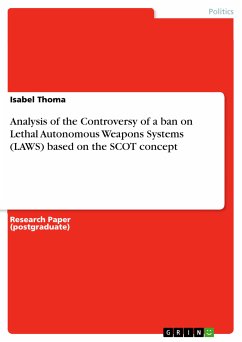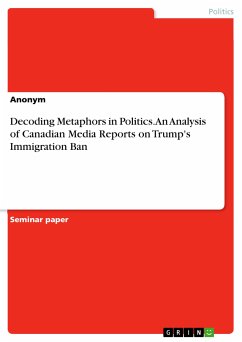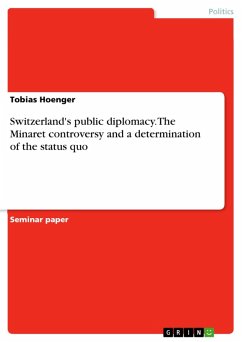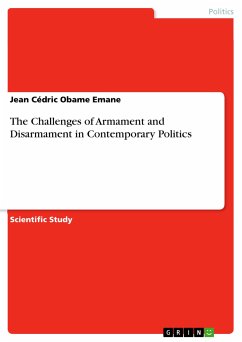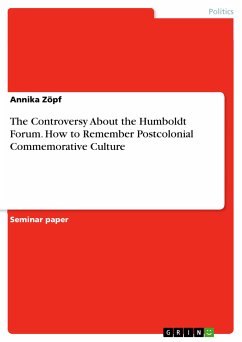Research Paper (postgraduate) from the year 2021 in the subject Politics - International Politics - Topic: Peace and Conflict Studies, Security, grade: 7 (dutch System), Maastricht University (Faculty of Social Science), course: Science and Technology Studies (STS), language: English, abstract: The technology of LAWS is discussed controversially: At the political level of states, in international institutions, the scientific field of AI and robotics, the companies working in these fields, the public and the media landscape. This paper aims to shed light on the question: How is the globally discussed technology of LAWS and its ban perceived by different social groups? Currently, those who are against a ban dominate globally. These are powerful countries that are also leaders in the development of LAWS and refer to the justifications of experts and commercial players. In the following (Section 2), the controversy of banning LAWS is embedded in the scientific discourse on risk and uncertainty and a selection of the concepts is applied to the technology to not only emphasize the socio-political relevance mentioned in the introduction, but also the academic relevance. Next, the methodological concept of SCOT is introduced theoretically (Section 3) and then applied to the LAWS object of study (Section 4). Finally, the conclusion (Section 5) summarizes the main findings, highlights the limitations of the work, and suggests a way forward.
